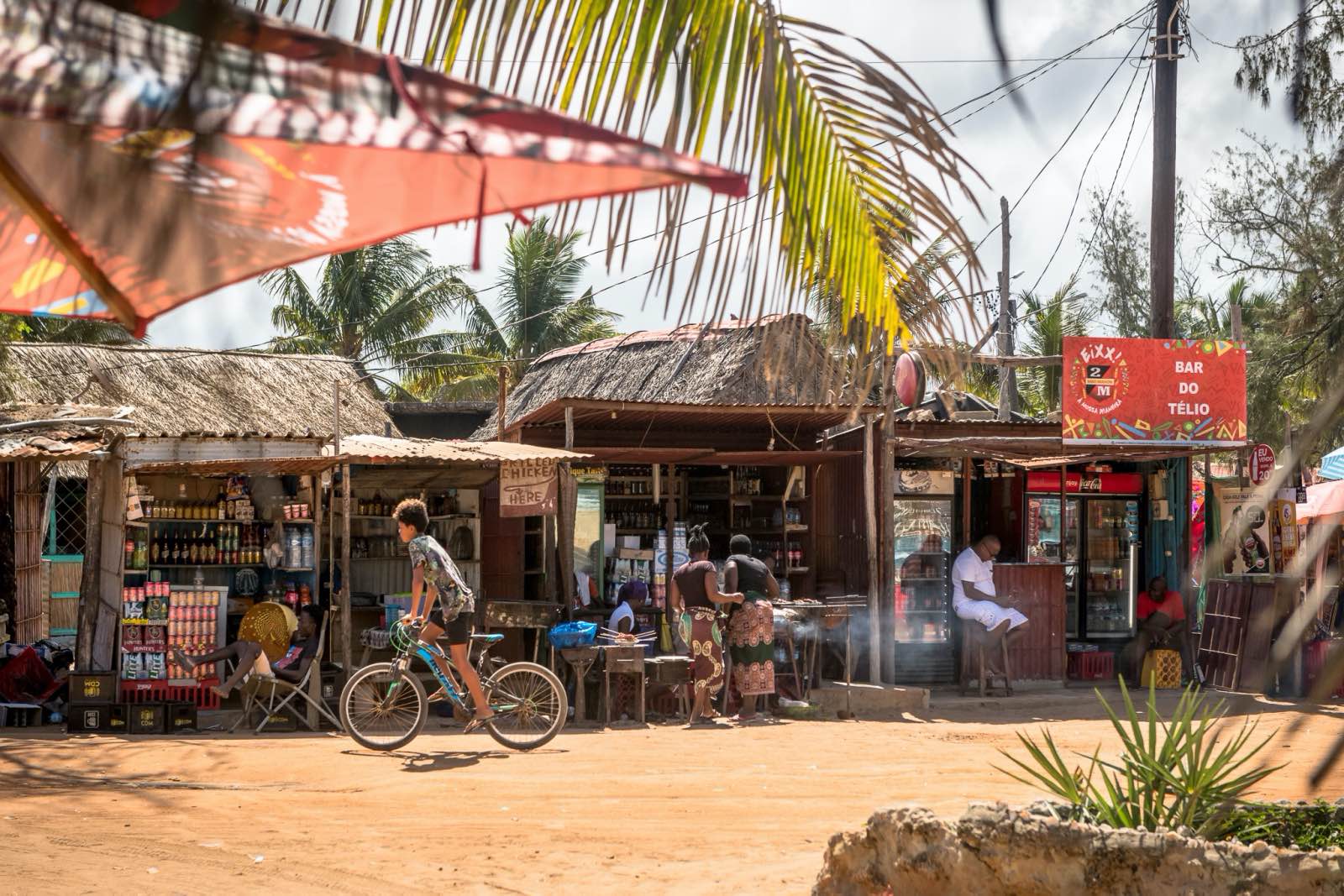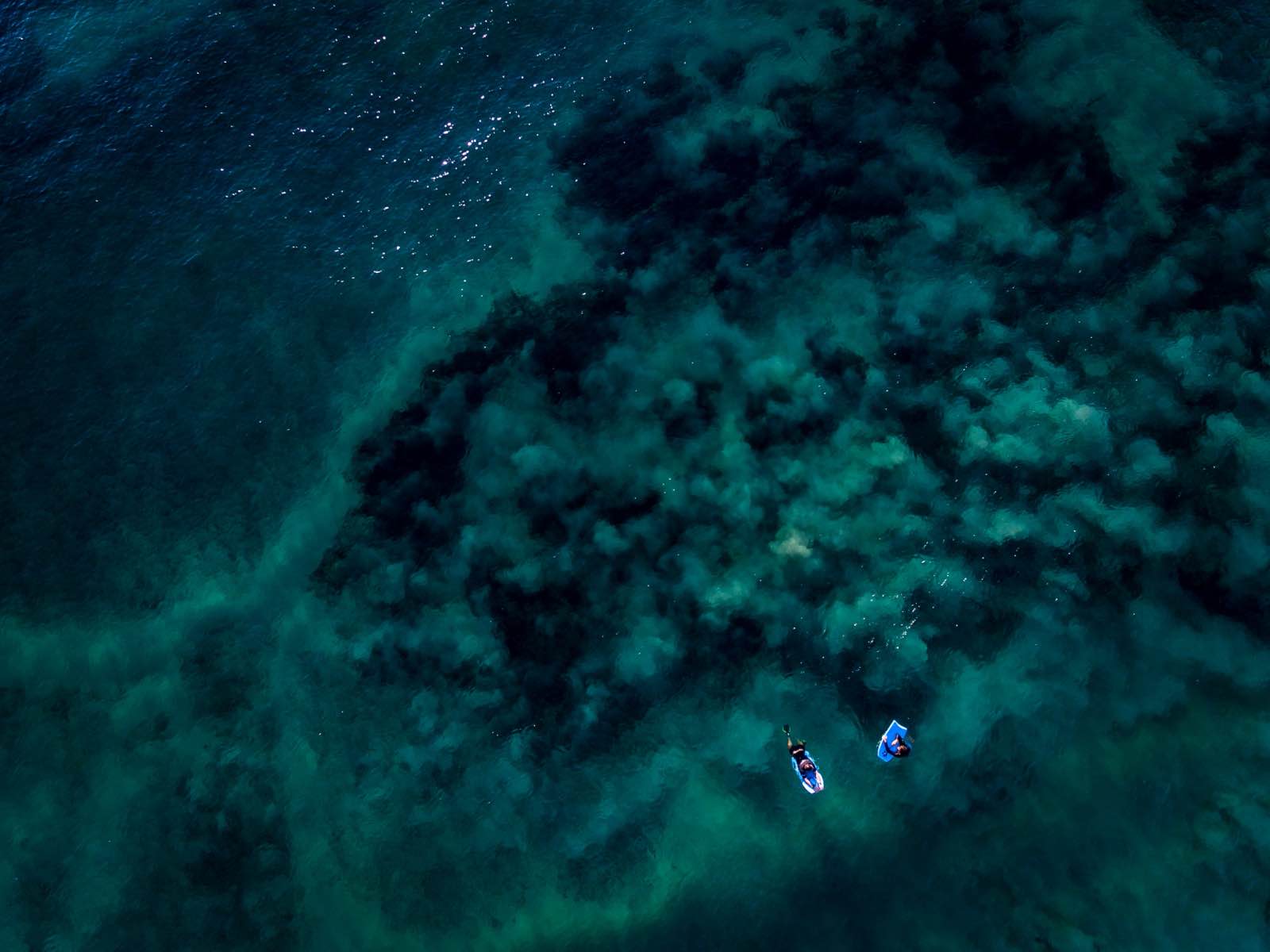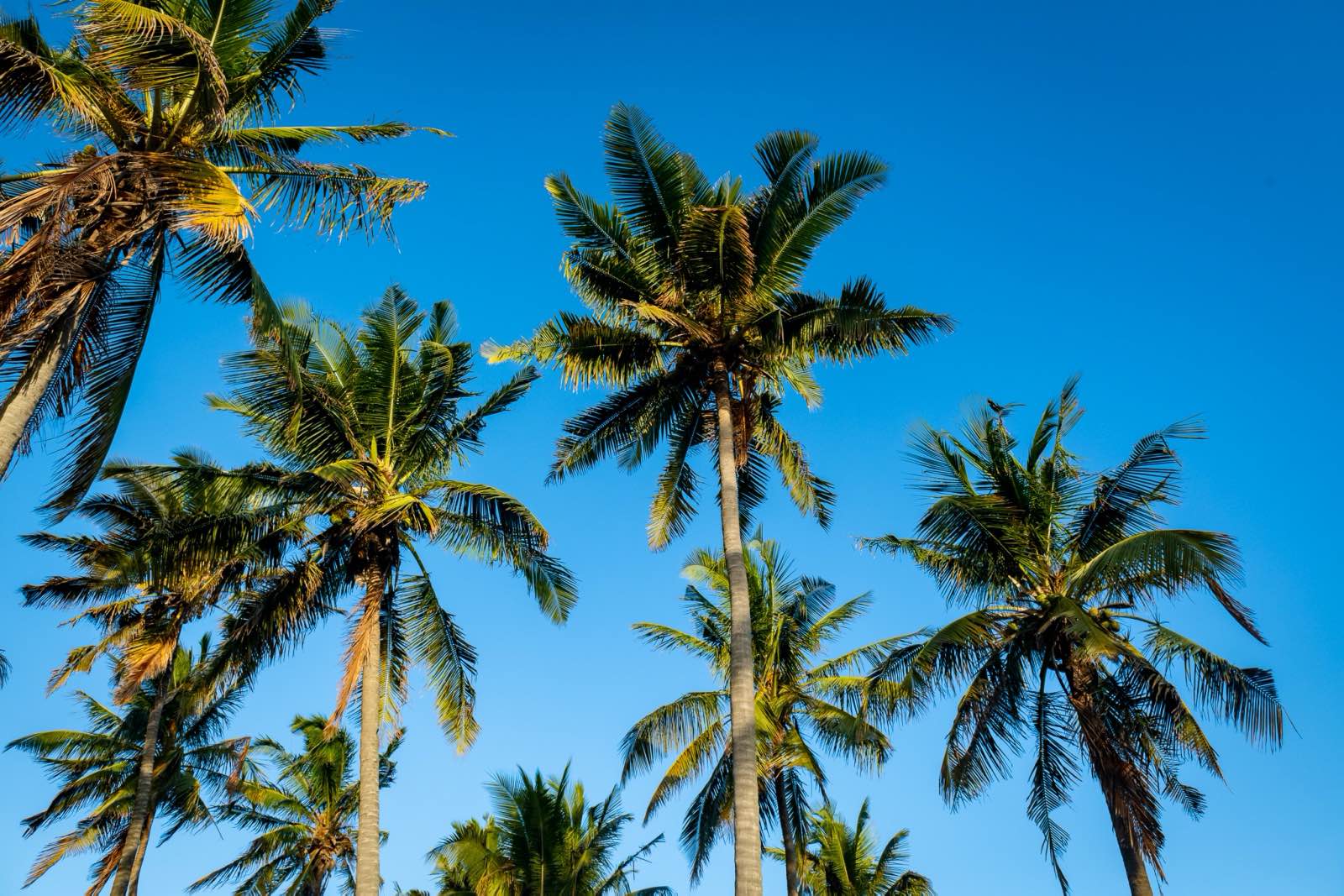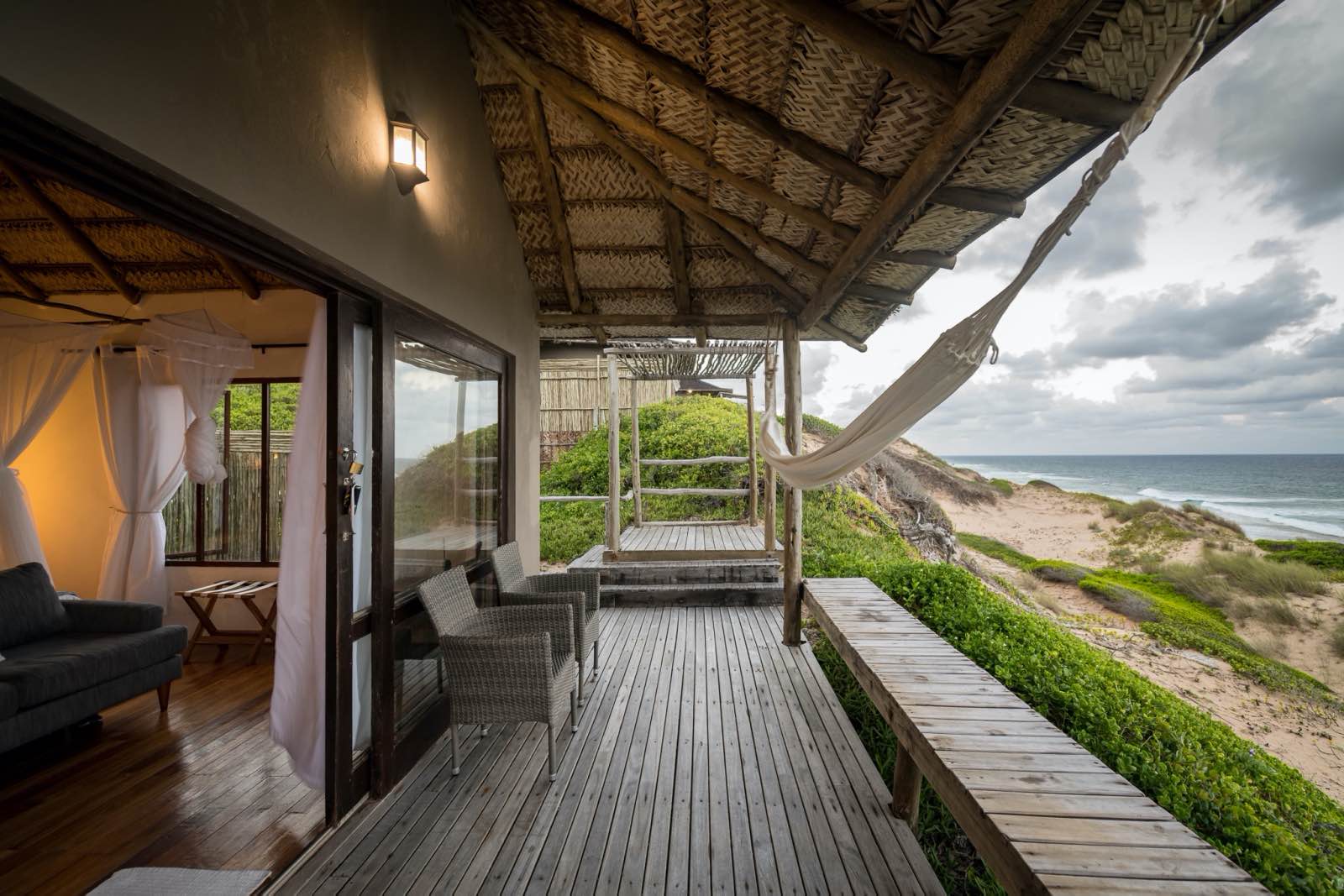The top reason people add Mozambique to their South African safari is to achieve that all-too-amazing recipe of “beach meets bush”. Often, the perfect holiday entails a certain amount of actively experiencing, and a certain amount of doing as little as possible. Beaches are great for the latter. The shores of Mozambique area pearly and the ocean is azure, and there are grass-thatched beach huts stocking cold 2Ms and freshly baked pão. You’ll pair that with chargrilled peri-peri chicken or garlicky tiger prawns in no time! Mozambique is a fusion of relaxed, sandy-toed beach vibes and colourful, bustling local culture. It can be serene and chaotic all at once; you’ve just got to know where to go to find which side of the scale you’re looking for. (We’ve got you covered).
Bottom line is, combining the Kruger National Park and Mozambique is 100% a good idea. We’ll give you some good reasons to add this Afro-Portuguese paradise to your next South African safari itinerary. Read on.
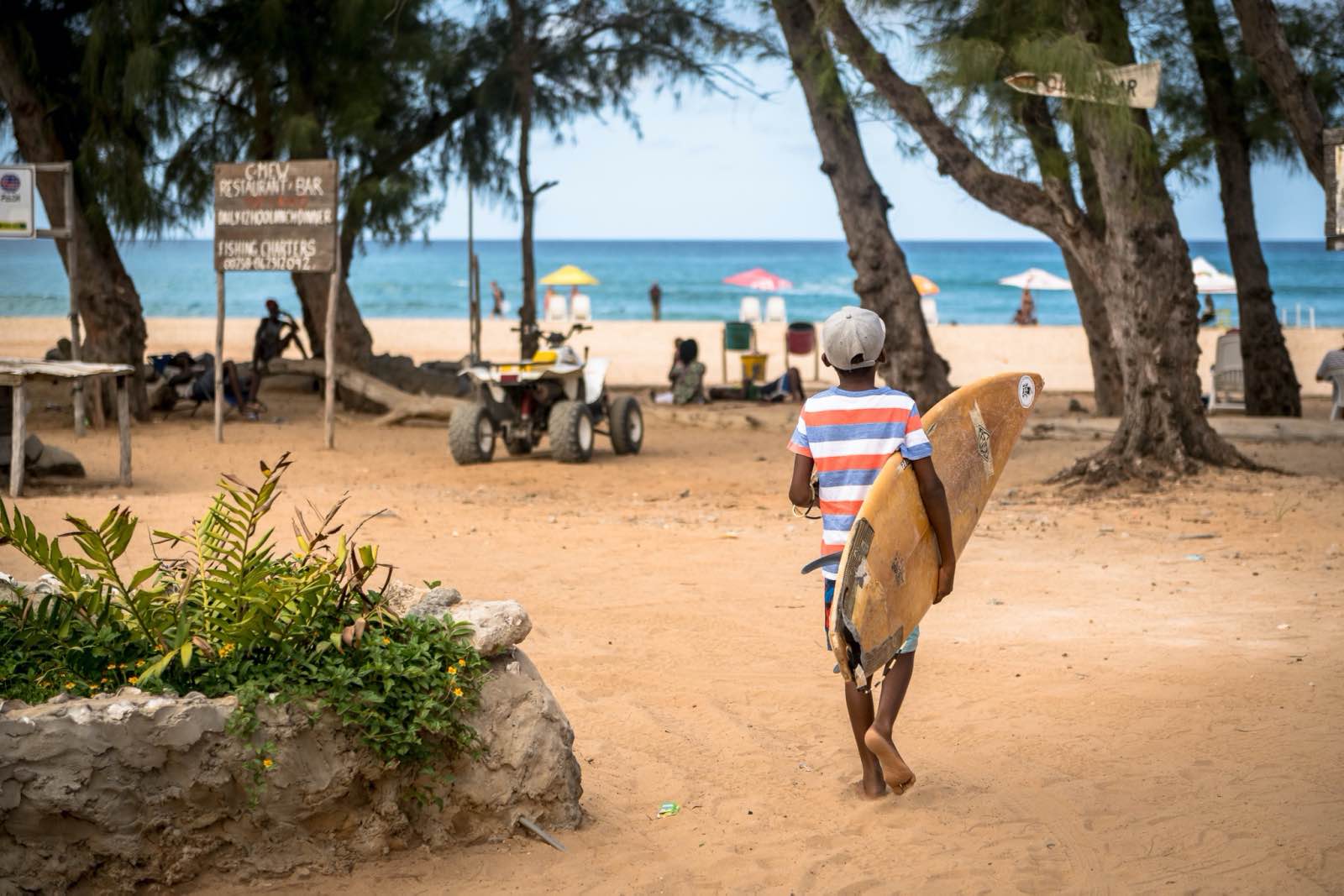
Scuba diving
And snorkelling, and sea kayaking, and stand-up paddle boarding, and boat cruises… the list goes on! This is a sea-lovers dream with incredibly biodiverse marine protected areas, like the Bazaruto Archipelago, that support and sustain sea-life. In particular, these coastal waters are known to have whale sharks in residence during certain times of the year. October to April is the best time to swim with these giants of the sea in Bazaruto, and it will go down as one of the single-most majestic experiences of your life.
Huge (±14 metres) pyjama-clad ocean beings with wide, toothless mouths move slowly and serenely through the water, often tailed by a number of feeder fish, and they are entirely unaggressive. Whale sharks are the biggest fish in the sea and they eat small schooling fish close to the surface of the sea. You don’t have to scuba dive to get to these creatures because they stay shallow, so often you’ll just need to jump off the boat wearing your mask and snorkel to bank this bucket list experience.
Where to stay? Azura Benguerra
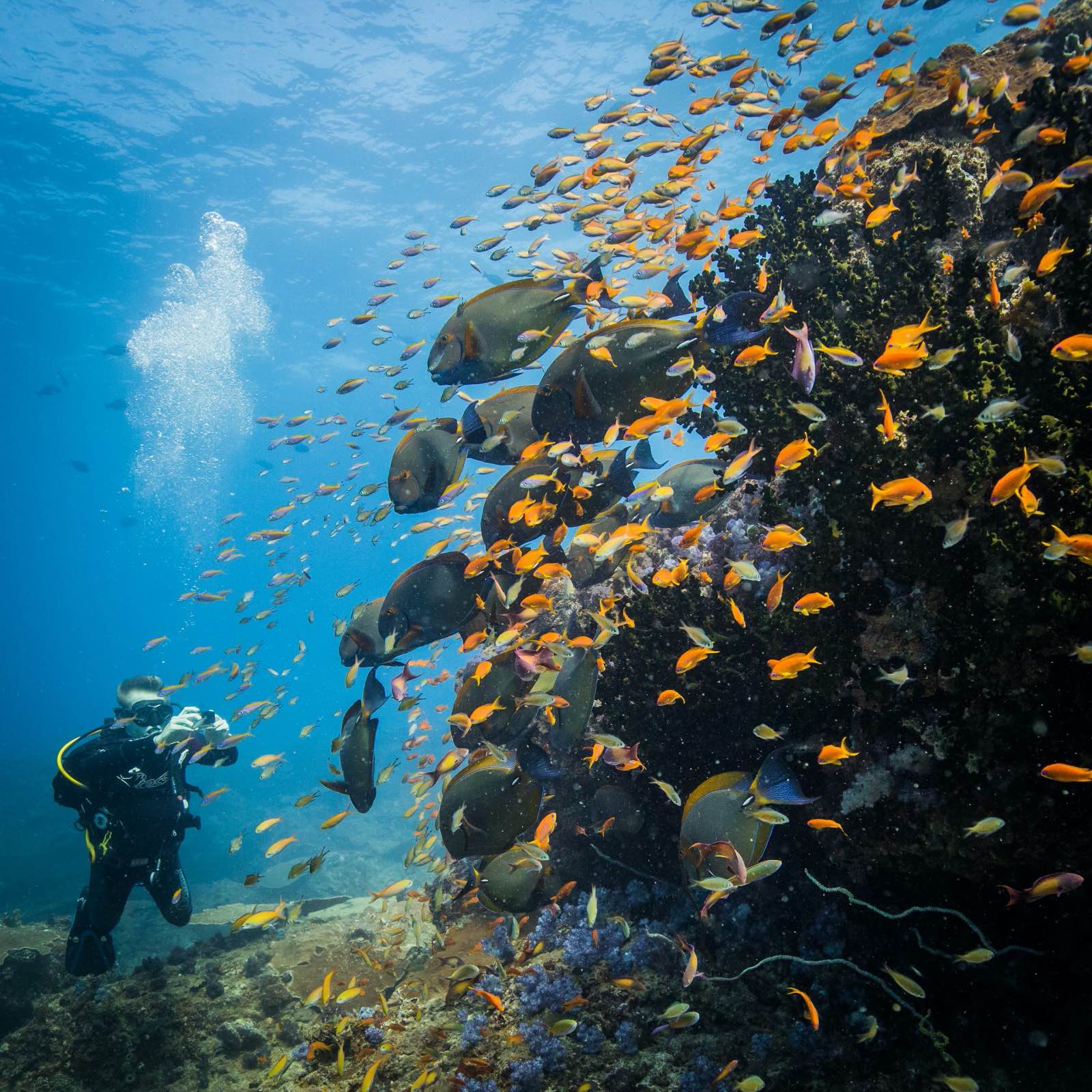
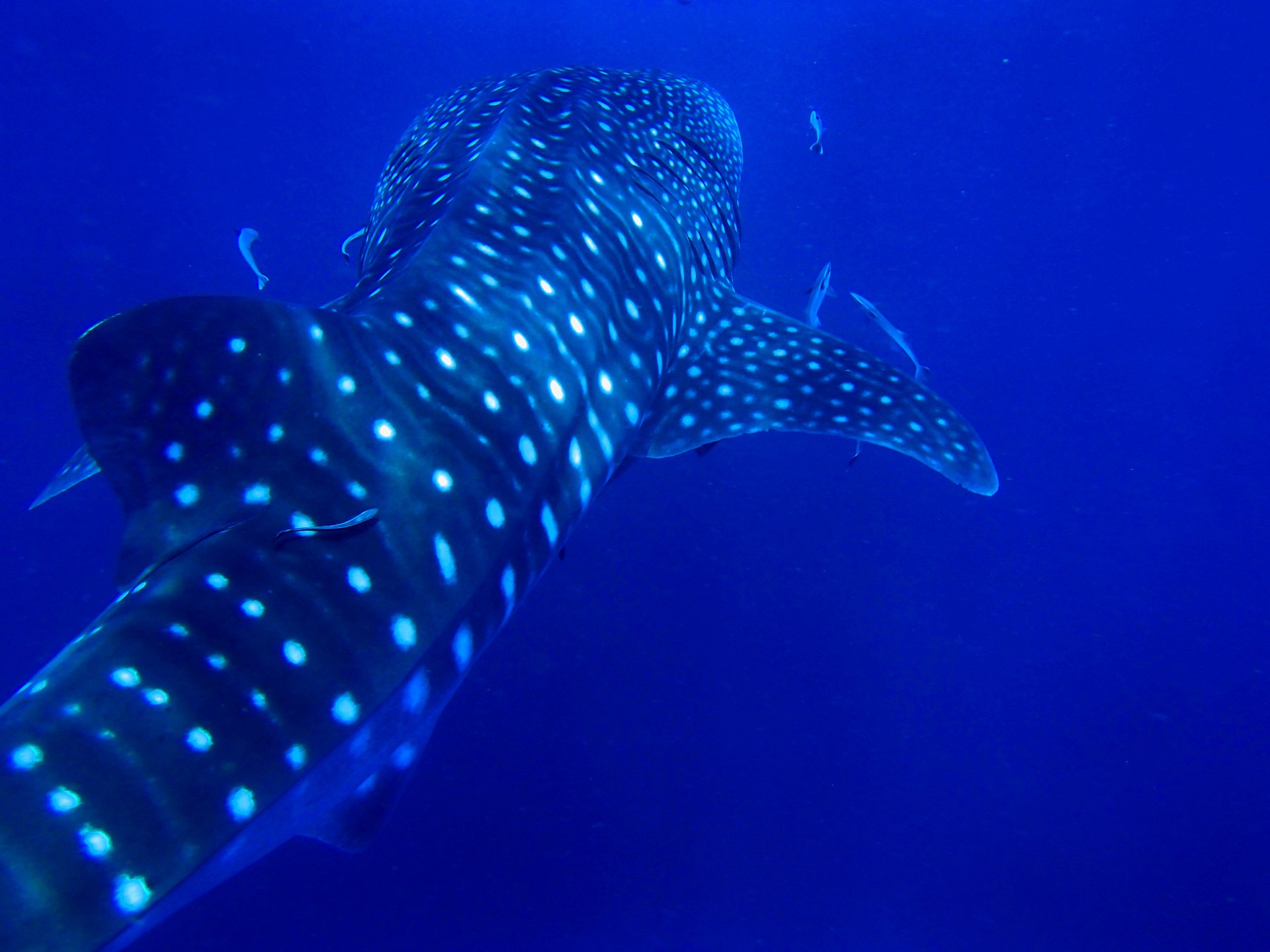

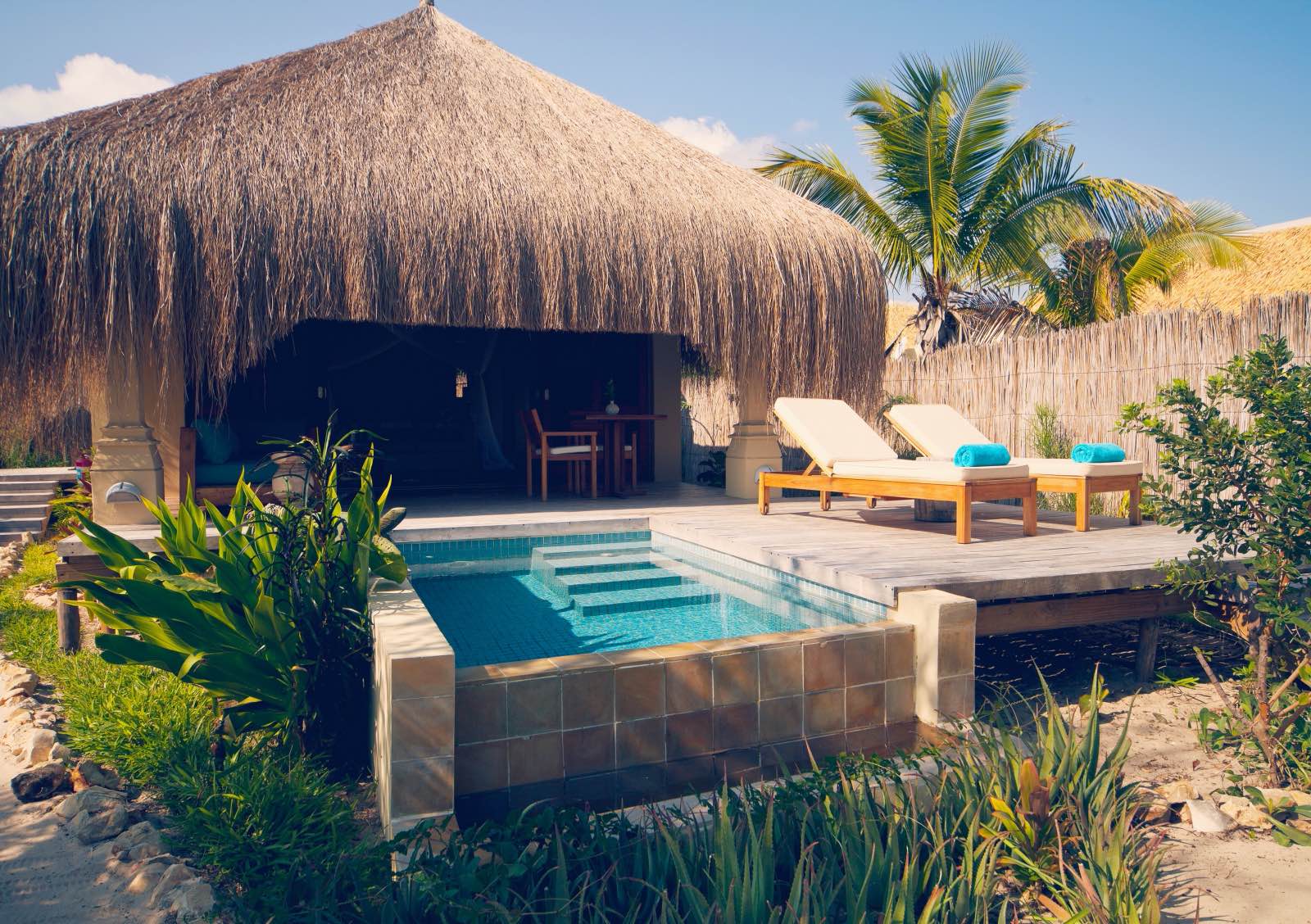
Island hopping in the Quirimbas Archipelago
Up north where the regular tourist routes fizzle out, island life gets a little more pristine. This is an off-the-beaten-track part of Mozambique that deserves to be explored for those who are looking for something a bit less diluted. The water is crystal clear, the beaches are vast, snow-white stretches of turtle-nesting territory, and mangrove forests bring birdlife and species diversity to both marine and land life.
There are 32 islands in Quirimbas, strewn across the sea and creating this network of biodiversity. There is a national park conserving the incredible nature, and various ways in which you can experience it on dry land and beneath the waves. We’d recommend checking in at one of the dreamy beach lodges and taking part in the specially arranged activities so you can sink your teeth right in. Ibo Island is an ideal base and it is one of the best places to visit to see and experience the preserved heritage of this once pirate-occupied paradise. Pieces of history are now simultaneously out of place and perfectly in place on the island, where those bygone days have frozen in time. These far northern reaches of the country’s coastline give you the whole story of Mozambique and introduce you to its brilliant natural wealth all at once.
Where to stay? Ibo Island Lodge
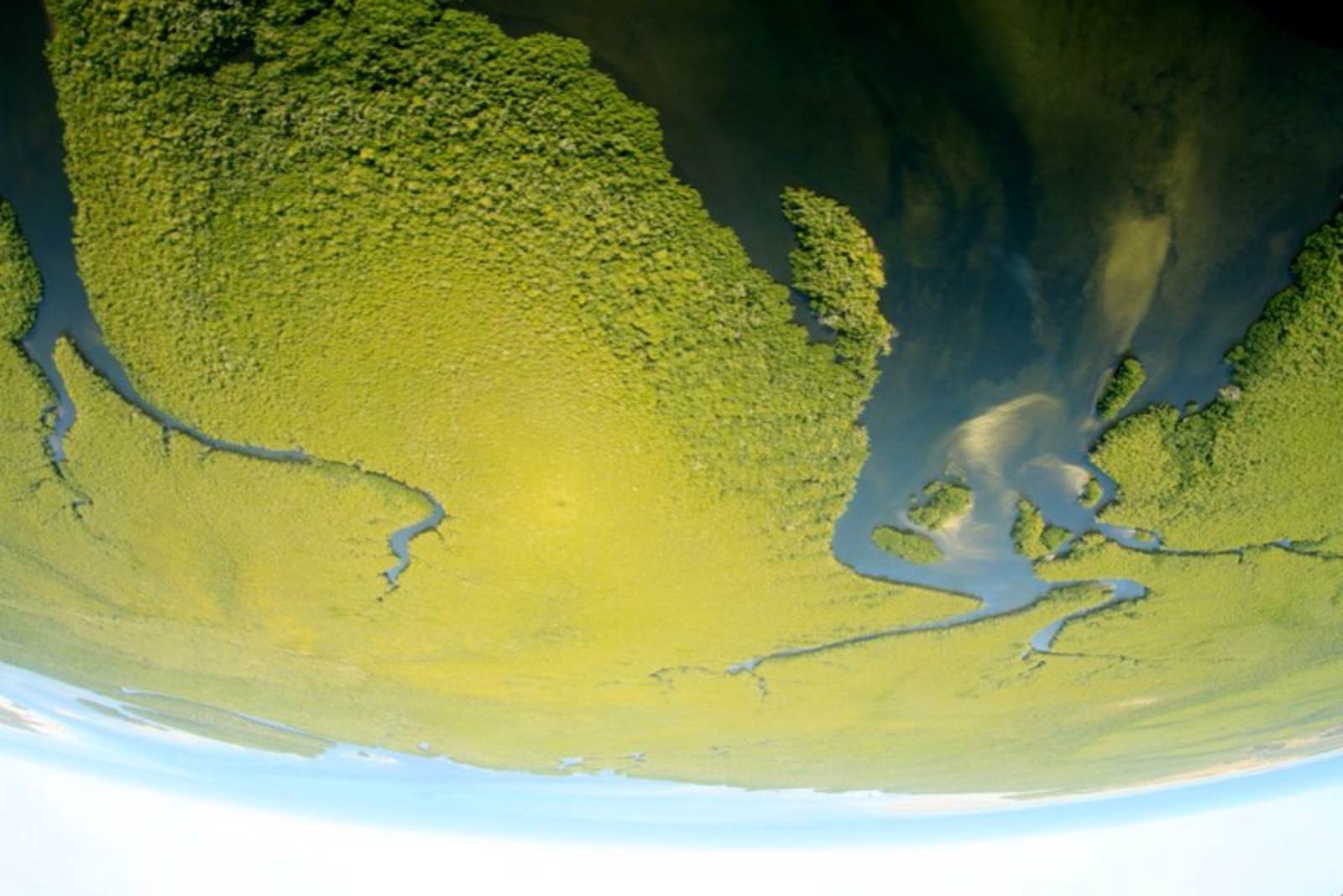

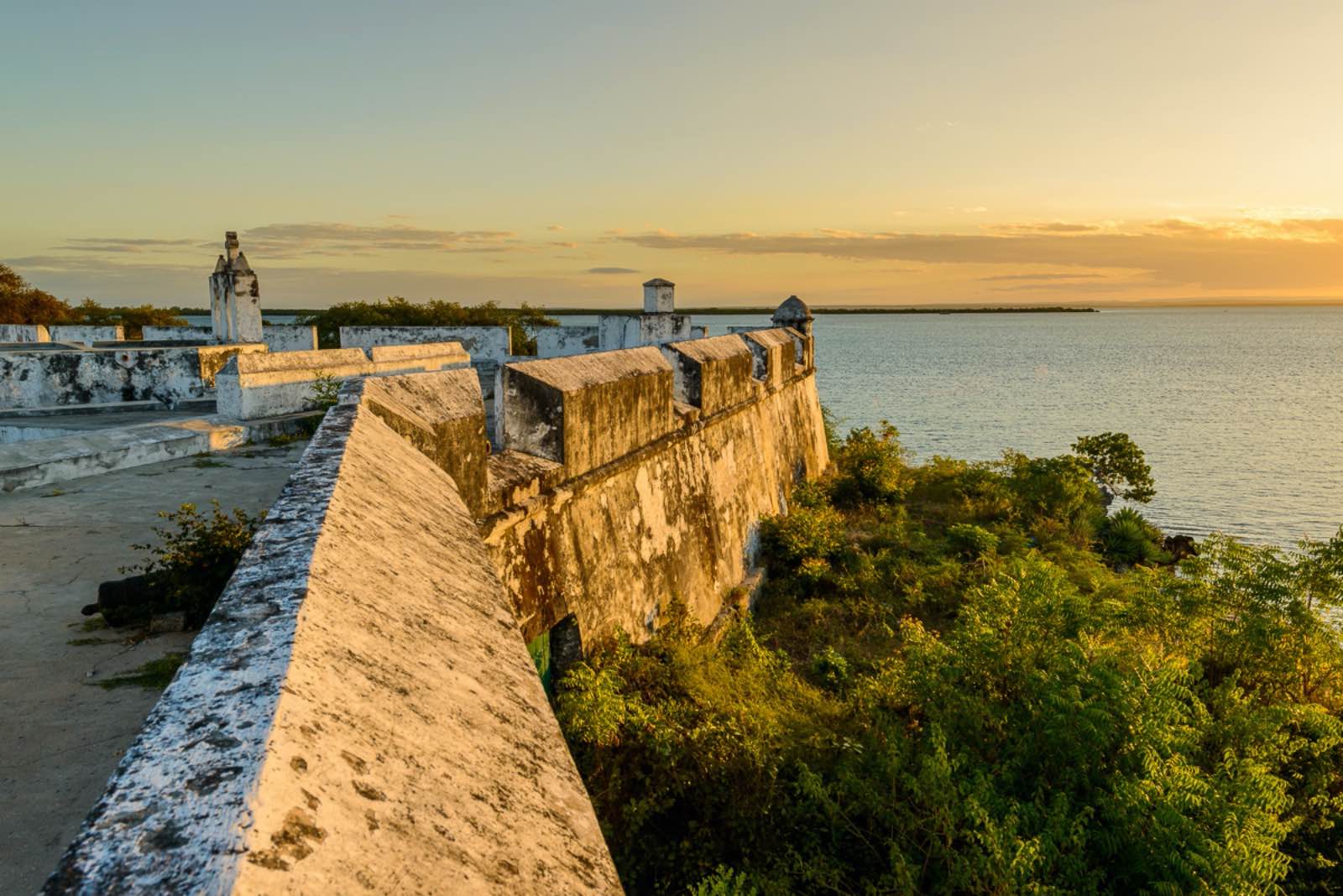
Afro-Portuguese food and markets, with a side of surfing in Tofo
If you’re driving yourself across the border (like many South Africans do every holiday), you’ll be subject to the overwhelming chaos of some parts of southern Mozambique. Once you clear the southernmost bits of the country, the palm trees and beach sand become more pronounced and the unique culture of rural Mozambique dominates. There are stalls upon stalls of fresh produce lined up long the side of the road, catering to the residents of the adjoining villages. Palm thatched houses are dotted around on the sandy floor between the sky-scraping palm trees, which have been notched so that coconut climbers have foot-holes to use as they go. Cassava root, fresh bread rolls, mounds of tomatoes and other fruit and veggies are presented next to one another and every so often there’s a little thatched bar selling quarts of beer.
When you get to the coast, the markets are targeted towards visitors who are bound to be looking for fresh seafood, colourful fabrics to wrap around their waists as they walk along the beach, and cold Vinho Verde. With so much of the same being sold everywhere you look, you would be wise to look around for who is selling what for the best price! In Tofo, there’s a combination of umbrella’d cocktail bars with sizzling seafood and spicy, saucy chicken that you eat with your hands. Watch surfers riding the waves and divers heading out and coming in on the rubber ducks, enjoy the colour and flavour of the marketplace. And remember to say Obrigado!
